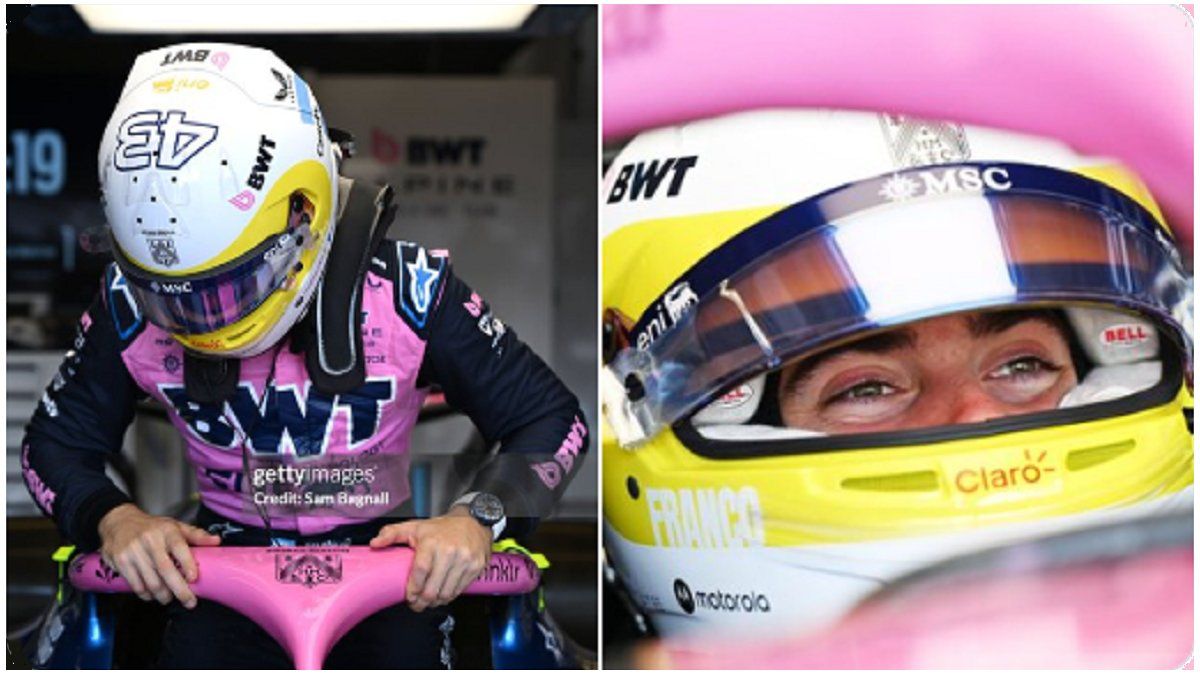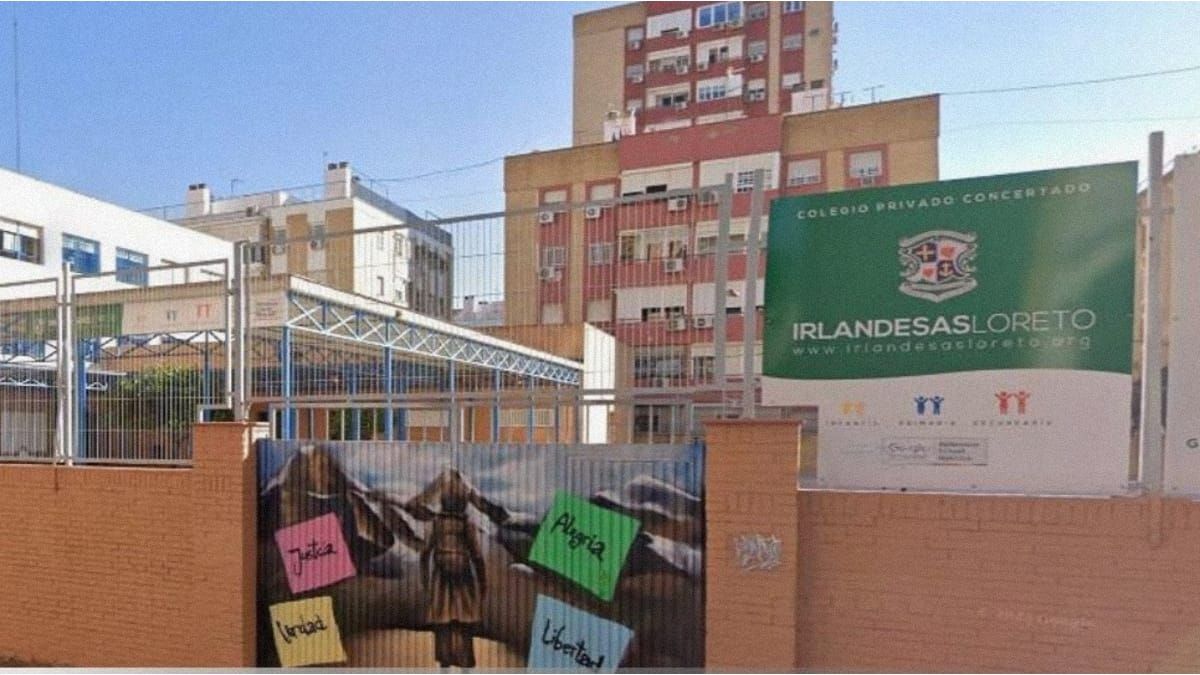Kyiv and Moscow have so far had completely opposing ideas about the path to peace. But now the Ukrainian president has surprised everyone with new proposals.
“Someone has to start peace. Like war,” the Viennese writer Stephan Zweig once wrote, and Europe is currently hoping for little more than an end to the war in Ukraine. Except perhaps Russia. The aggressor has little interest in the guns falling silent. Except under conditions that are unacceptable to the Ukrainian leadership.
But now, in the midst of the deadlock, Ukrainian President Volodymyr Zelensky is expressing new ideas.
In it his conditions for peace with Russia. According to this, Ukraine must be preserved as a nation and receive guarantees of existence. For example, through NATO membership. A real victory would be if “Russia is not allowed to completely destroy Ukraine,” said Zelensky. In addition, the Kremlin must make amends for the damage caused.
Is Zelensky giving up territory?
What is new about the Kyiv president’s statements is that he is not making any territorial demands. Until now, Zelensky had insisted that Russia withdraw from all conquered territories and return them to Ukraine, the rightful owner. This includes Crimea, which was annexed by Moscow in 2014. The Ukrainian population is also not prepared to hand over territory to Russia.
The lack of insistence on the return of territory does not necessarily mean that Ukraine is actually willing to give up its ancestral land. However, Maxim Kireev, an Eastern European expert at “Zeit”, sees the omission as a possible change in strategy: “There is now evidently a willingness to refrain from making maximum demands. Up until now, Ukraine did not want to negotiate with Moscow as long as its troops were on Ukrainian territory. Now it seems to be more important to preserve the country than to get any cities and regions back,” he said.
“We are not prepared to compromise on important issues”
Since the war began in February 2022, Kremlin troops have occupied around a fifth of Ukraine: Donetsk and Luhansk in the east of the country, as well as Kherson and Zaporizhia in the south. The Moscow leadership has now “incorporated” the regions into the federation, although none of them is fully controlled by the Russian military.
In order to end the conflict, there are repeated calls to freeze the current front line. But Ukraine has so far rejected this. Zelensky’s chief of staff Andriy Yermak said during a visit to the USA: “We are not prepared to compromise on very important things and values. Independence, freedom, democracy, territorial integrity, sovereignty.”
Unacceptable demands from Moscow
Essentially, these are exactly the points that Russian President Vladimir Putin does not want to concede to Ukraine. His list of demands for peace includes that Ukraine should give up the four occupied regions and withdraw completely from them. In addition, the rest of Ukraine must be neutral, meaning it must not join NATO or the EU. The country must also hand over its weapons and be “denazified”. Behind the last formulation is the Kremlin’s demand to replace the Kiev leadership with a Moscow-friendly government.
These conditions are unacceptable for the attacked country, as they would degrade the rest of Ukraine to an appendage of Russia. Zelenskyj even rules out a temporary ceasefire, as proposed by Hungarian Prime Minister Victor Orban during his visit to Kiev. In his opinion, the enemy would only use a break to replenish its armies. Direct talks with Moscow would also not bring real peace: “It is impossible to help Ukraine with one hand and shake Putin’s hand with the other,” Zelenskyj told the “Philadelphia Inquirer.”
No decision on the battlefield
At the end of June, Zelenskyj announced at the EU summit that he would organize a peace summit and present a peace plan this year. It is about time. After almost two and a half years of war, it is becoming increasingly obvious that the battlefield is hardly suitable for a decision.
Sources: DPA, “Philadelphia Inquirer”, , “”, “”, “”
Source: Stern
I have been working in the news industry for over 6 years, first as a reporter and now as an editor. I have covered politics extensively, and my work has appeared in major newspapers and online news outlets around the world. In addition to my writing, I also contribute regularly to 24 Hours World.




